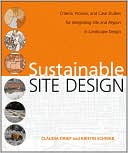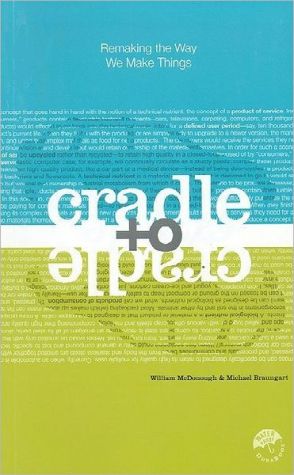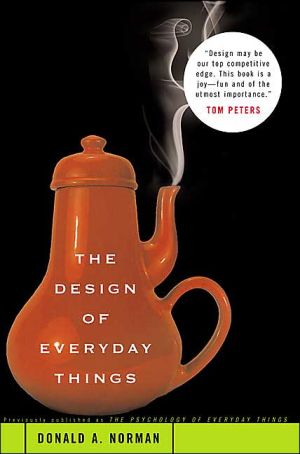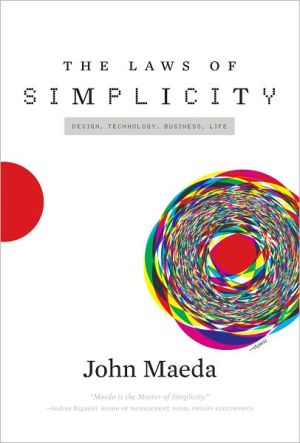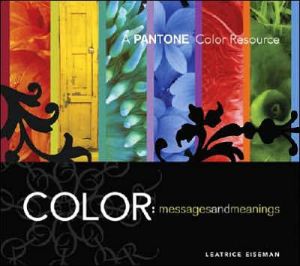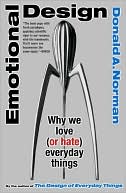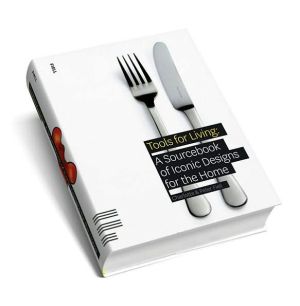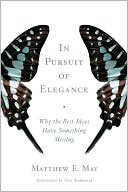Sustainable Site Design : Criteria, Process, and Case Studies for Integrating Site and Region in Landscape Design
Search in google:
A new framework for designing sustainable landscapes that respond to the opportunities and challenges of their surrounding regions From project inception through implementation, Sustainable Site Design sets forth a comprehensive approach to context-informed sustainable landscape design. This approach emphasizes the need to understand each site's unique potential for sustainability, especially in relation to the ecological, social, economic, and cultural conditions of its regional setting. The book aims to integrate the concerns of regenerative landscape function with the quest for memorable, meaningful form. Chapter 1 introduces the framework, developing a set of five criteria to help you define the sustainable outcomes for any landscape design project: connectivity, purpose, meaning, efficiency, and stewardship. The remaining chapters address six essential questions to guide the design process to fulfill these criteria: What people, resources, and strategies help guide sustainable site programming? How are the needs of project stakeholders incorporated into project scoping and direction? What site design potentials are revealed by the site-to-context relationship? How is sustainable design articulated through cohesive, artful, and well-crafted forms and space? How does design efficiency serve multiple goals in sustainable landscape design? How can design incorporate meaning to connect user and place? In addition to offering strategies and methods that address these questions, each chapter is centered on a detailed and heavily illustrated case study of a built landscape architectural project. These case studies represent a broad range of design styles, scales, locations, and programs. Following the authors' careful guidance, you'll learn the principles and processes needed to design landscapes that are not only sustainable, but also meet the needs of the communities they serve.
Preface. Acknowledgments. 1 Landscape Sustainability Framework and Criteria. 2 Program Development—Menomonee Valley Industrial Center. 3 Stakeholder Influence—Whitney Water Purification Facility. 4 Regional and Site Assessment—Sandstone Visitor Center. 5 Form-Making—Paradise Valley Residence. 6 Design Efficiency—Gannett/USA Today Headquarters. 7 User Experience—Tanner Springs Park. Glossary. References. Index.
